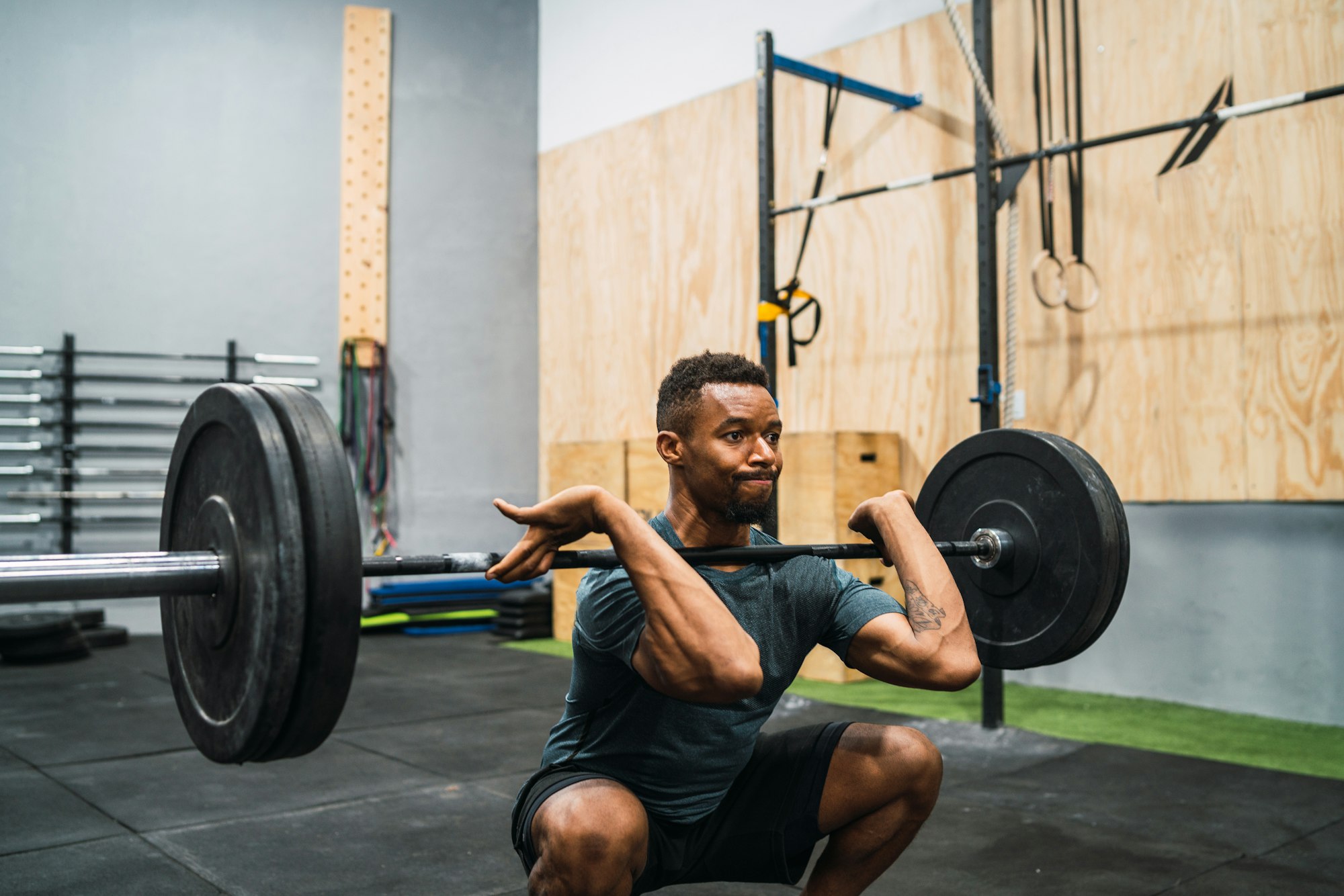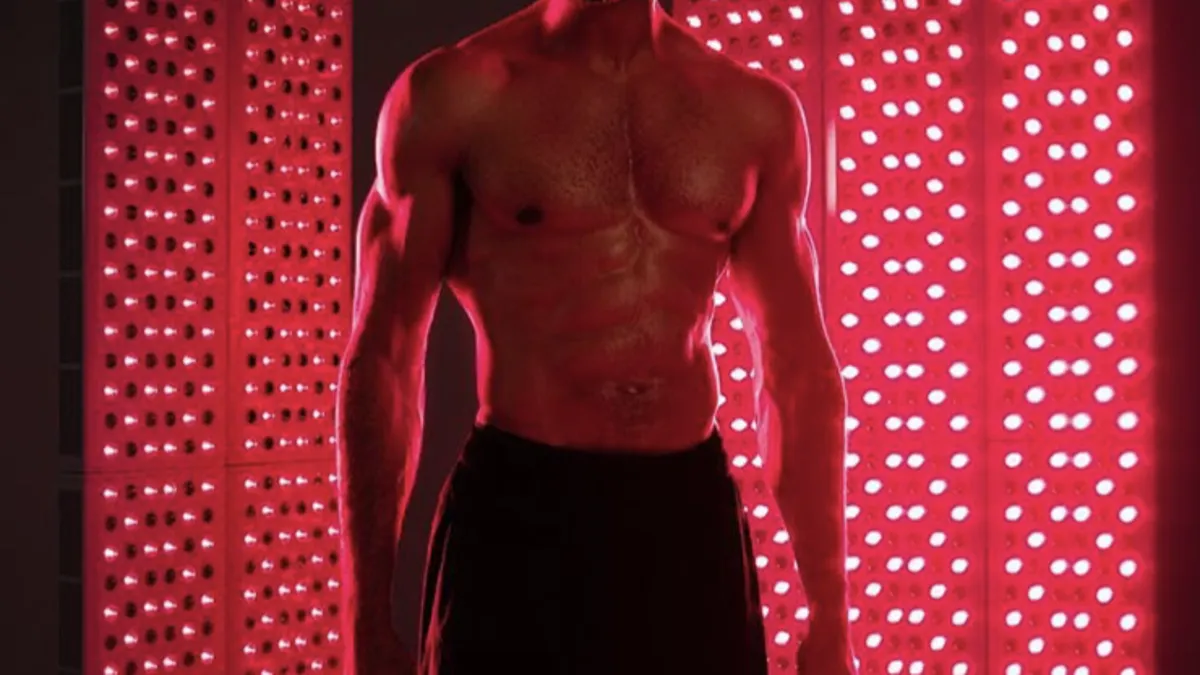Low back pain is a common ailment affecting millions of men worldwide. It’s often debilitating and negatively impacts daily life. As with many physical disorders, exercise can be a potent tool for managing and preventing this condition. There’s dozens of exercises and mobility drills that can help alleviate low back discomfort, but there’s one that stands above them all. One that doesn’t get talked about enough.
Enter the reverse hyperextension – the superhero of exercises for kicking low back pain’s ass.
In this article, we’ll delve into the science behind low back pain, explore the mechanics of the reverse hyper exercise, and enlighten why it emerges as a frontrunner in alleviating low back pain and compression.
Understanding Low Back Pain
Low back pain is multifactorial, arising from various sources such as muscle strains, herniated discs, and spinal stenosis. Sedentary lifestyles, poor posture, and weak core/hip muscles are often a culprit as well.
For example, in a condition called Lower Crossed Syndrome, the hip flexors, adductors, and spinal extensors become overactive and tight, while the abdominals and glutes become weak due to physical inactivity. This combination of weakness and imbalance leads to pain in the lower back area.
Compression on your vertebrae can put pressure on your spinal cord, which can lead to pain in the low back and possibly elsewhere. Compression can be caused by a number of things, such as injury, abnormal spinal alignment, and arthritis. The key here is to mitigate the squeezing of the spinal discs so that it doesn’t irritate the surrounding nerves.
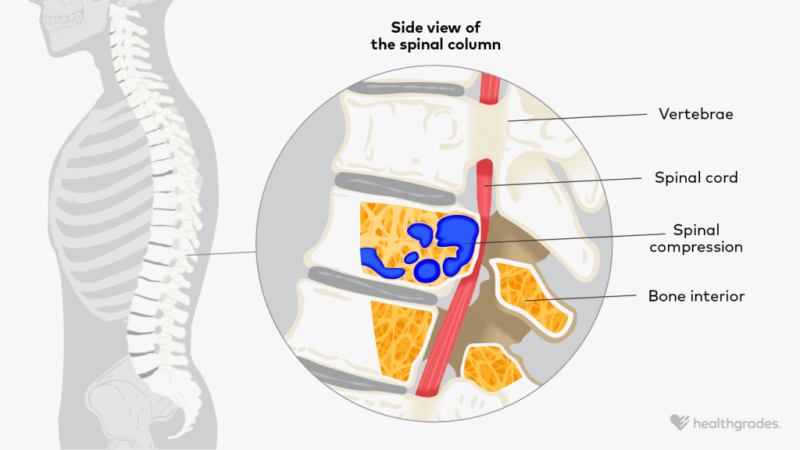
The Role of Exercise
Sure, popping painkillers and lounging on the couch might provide temporary relief, but a long-term solution necessitates addressing the underlying issues of muscular imbalance, muscular weaknesses, and spinal compression.
That’s where exercise comes in. Exercise offers a holistic solution to low back pain by strengthening muscles, improving mobility, and enhancing overall spinal health. However, not all exercises are created equal.
Do a simple internet search of the best exercises for low back pain and you’ll see lists full of stuff like hip bridges, birddogs, and a bunch of stretches you do while lying on your back.
Don’t get me wrong. There’s nothing bad about these exercises. In fact, I recommend doing them. But they are, for the most part, too conservative.
So, what are you supposed to do? Well, what if I told you that one exercise can strengthen your glute and low back musculature while providing incredible spinal decompression?
The Reverse Hyperextension
Say hello to your new best friend: the reverse hyperextension.
The reverse hyper was created by legendary powerlifter and strength coach Louie Simmons of Westside Barbell. After breaking his back at L3-L5 and separating his SI joint, Louie was in search of an exercise he could perform to rehab his extensive injury.
After not being able to perform a single conventional back raise, he tried the movement in reverse and quickly discovered its benefits. He eventually created a machine for this movement and was back to lifting monster weight in a few short years.
The reverse hyper strengthens the erector spinae, gluteus maximus, and biceps femoris while providing restorative spinal traction and circulation.
In short, it’s medicine for your low back.
My Story
As a powerlifter and weightlifter, I was fortunate enough to never experience a serious injury throughout my 20s. But then I turned 30.
I was in the middle of training for an upcoming powerlifting meet. My training was going great. Everything was feeling strong and dialed in.
Until one day I felt a little tweak in my back after deadlifting. “No big deal,” I thought. After all, I had plenty of little tweaks here and there, but nothing serious. I’d just train around it and it would be fine in a few days.
Except this time, it didn’t go away. In fact, it kept getting worse. It was a non-stop, dull, achy pain in the left side of my low back.
I couldn’t lift anything heavy without causing a sharp, stinging pain in the area. I had to go into full rehab mode.
Was it some kind of muscular imbalance in my abs or low back? Was it a mobility issue? Maybe I’m too tight on one side? I didn’t know for sure, but I threw all of my exercise science knowledge at it.
Oh, and the gym I worked at happened to have a reverse hyper machine. Since I couldn’t do much else for my lower body, I got on that machine a lot.
After a few weeks the pain disappeared, and I was able to compete at the meet pain-free. The injury completely derailed my training progress, but I still hit some competition PRs even though I wasn’t at full strength.
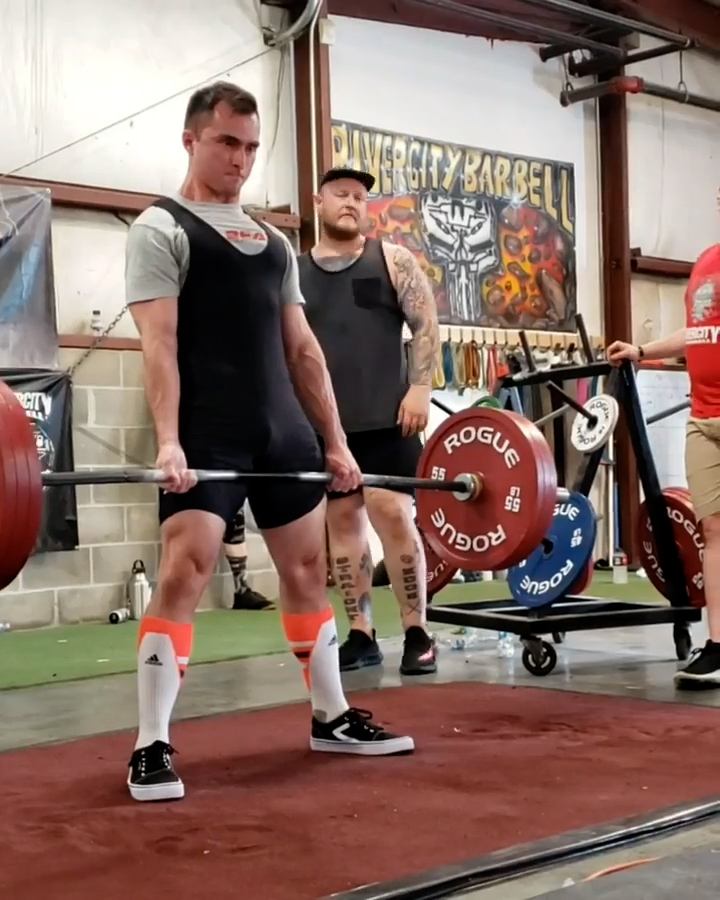
Fast forward several months later. I’m now training for a weightlifting meet. While doing some snatches, I feel a familiar strain in my low back.
Shiiiiit.
That same pain was back. Back into rehab mode I went. It sucked, but I figured I’d just throw that cocktail of rehab and mobility exercises I learned from the last incident at it. The only difference is I didn’t work at that gym anymore and had no access to a reverse hyper.
And that’s what I did. For almost two years.
Yes, my back pain stuck around for nearly two years. I did my rehab exercises daily, I saw two chiropractors, and even did physical therapy. None of it worked.
Sure, I saw some improvement here and there, but nothing substantial. I couldn’t believe it. What was I doing wrong? How was I able to make it go away last time?
The only difference this time was the reverse hyper. Like I said, I no longer had access to one. Could that really be the missing piece that two chiropractors and a physical therapist couldn’t fix?
After years of frustration, I bought one for my garage gym. I used it at the beginning and end of each workout.
Within two months, I was pain-free.
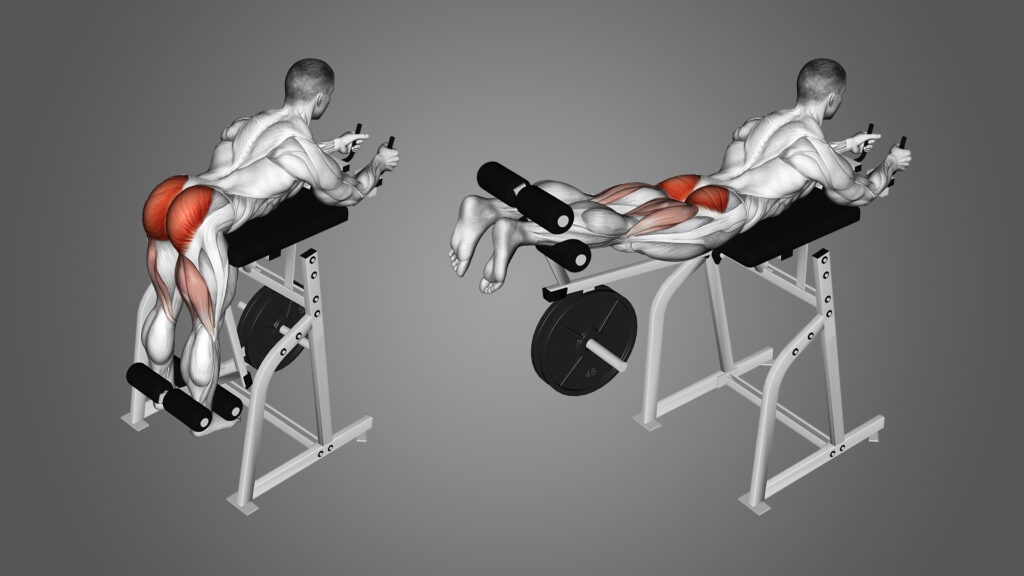
Mechanics
Lie face down on the pad with the crease of your hips on the edge. Let your legs hang freely with feet inside the carriage strap. While keeping your legs straight, extend your hips (aka move your legs backward) until your legs are parallel to the ground.
Control the weight as the carriage swings forward and immediately extend the hips again once completed. Swing back and forth in a pendulum-like motion making sure not to use too much momentum.
The movement engages the glutes, hamstrings, and spinal erectors while simultaneously decompressing the lumbar spine. This beautiful combination fosters spinal health and alleviates low back tension.
One of the key benefits of the reverse hyper is its ability to decompress the spine dynamically. As your hips extend and legs swing in a pendulum-like motion, traction is applied to the lumbar spine, which lessens the pressure on those poor, squished discs and promotes healthy blood flow to those hard-working tissues. It’s like a spa day for your lower back – minus the cucumber slices.
Traditional strength training exercises like squats and deadlifts contribute to spinal compression, which can exacerbate low back pain. Obviously, I’m not saying that those exercises are bad and you should never do them, but I would recommend anyone who does those exercises regularly to make the reverse hyper a part of their routine.
Even if you don’t currently have back pain, the reverse hyper’s ability to give your lumbar spine room to breathe is a perfect way to keep future injuries at bay. Think of it as preventive medicine.
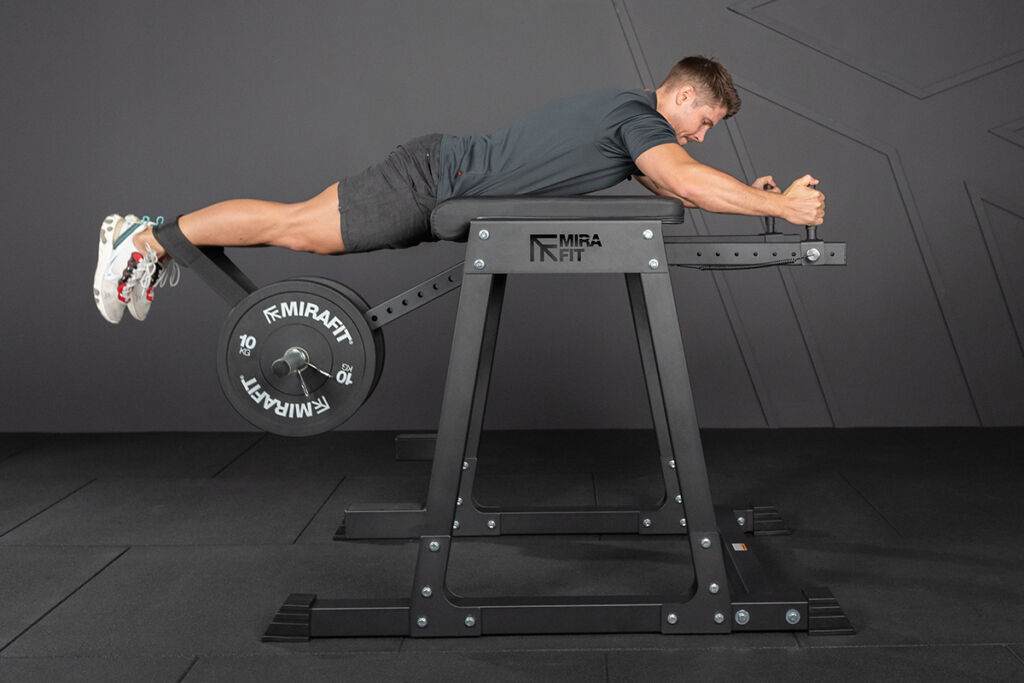
The Wrap-Up
So, there you have it – the reverse hyper, your new best buddy in the battle against low back pain. With its ability to strengthen your posterior chain, decompress your spine, promote optimal spinal alignment, and keep you flexible and injury-free, this exercise is a game-changer for anyone looking to kick low back pain to the curb.
Incorporating this exercise into a comprehensive rehabilitation or fitness program can yield significant benefits, empowering men to reclaim their health and vitality. So what are you waiting for? Grab your gym buddy and give it a whirl. Your spine will thank you later.

